In the spirit of the well-circulated Facebook friendship map by Paul Butler, research analyst Olivier Beauchesne at Science-Metrix examines scientific collaboration around the world from 2005 to 2009:
I was very impressed by the friendship map made by Facebook intern, Paul Buffer [sp] and I realized that I had access to a similar dataset. Instead of a database of friendship data, I had access to a database of scientific collaboration.
From an extensive database of academic citations:
I extracted and aggregated scientific collaboration between cities all over the world. For example, if a UCLA researcher published a paper with a colleague at the University of Tokyo, this would create an instance of collaboration between Los Angeles and Tokyo.
After that, Beauchesne used a similar mapping scheme that Butler used, and behold the results above. The brighter the lines, the more collaborations between a pair of universities.
Read More


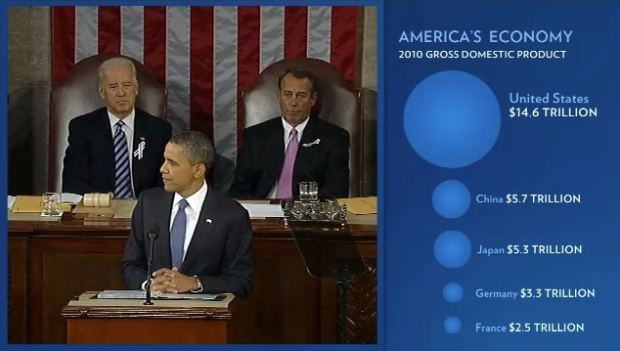

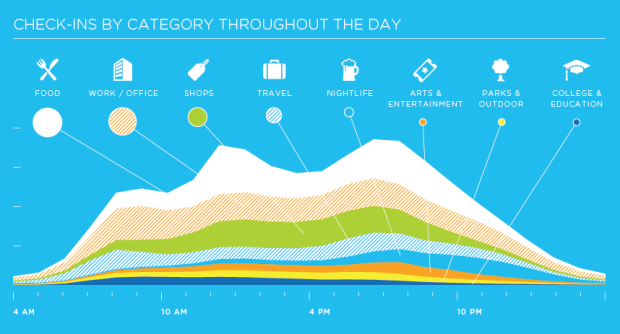
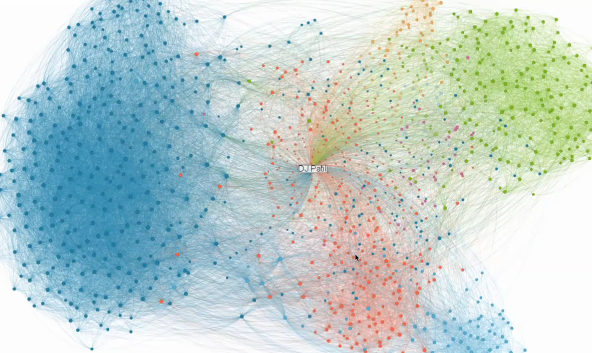
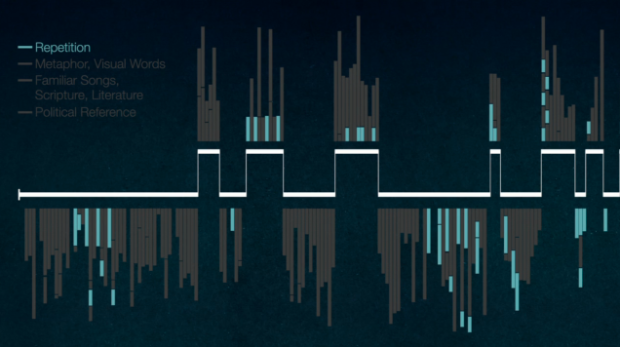

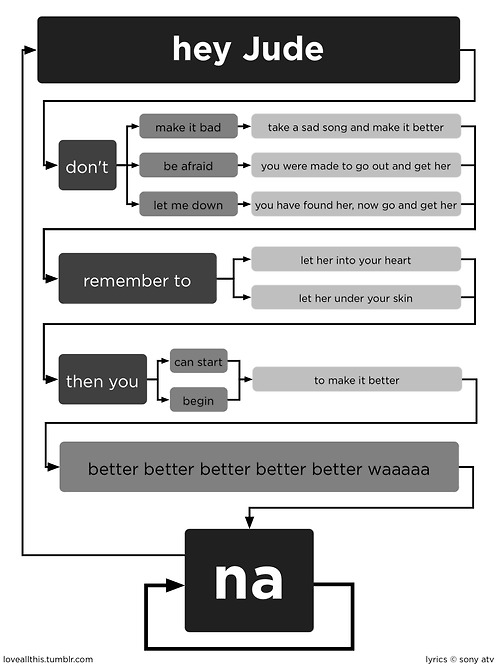

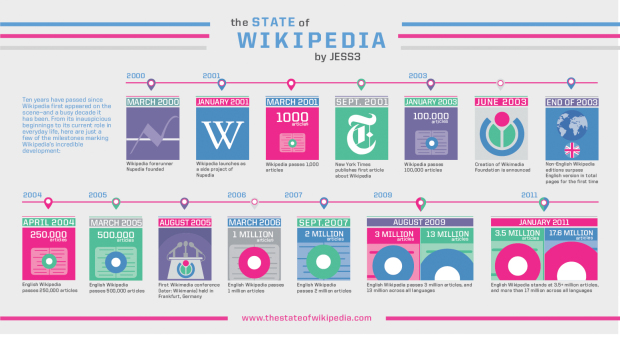

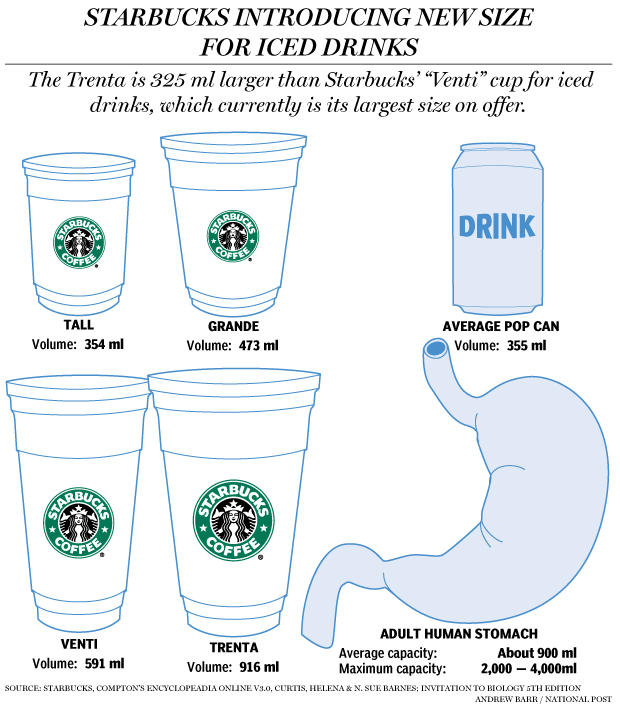
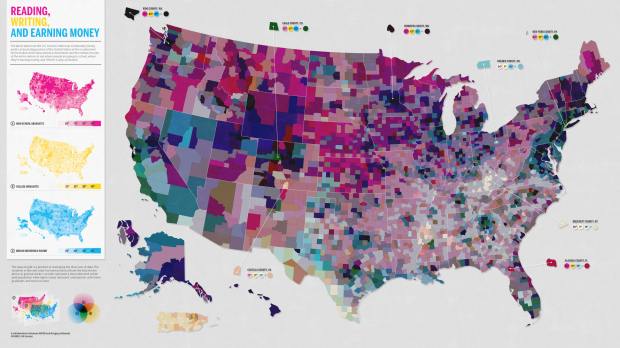

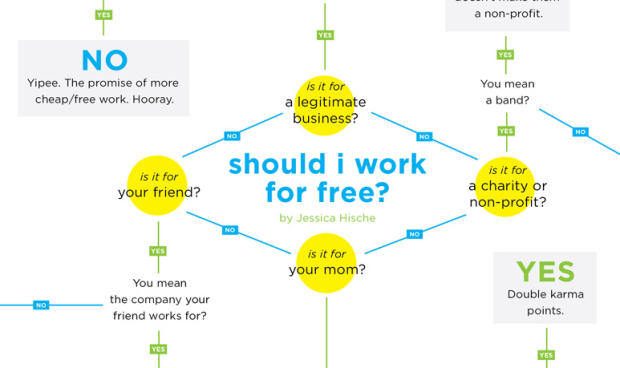

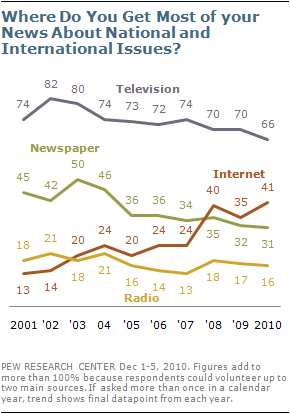
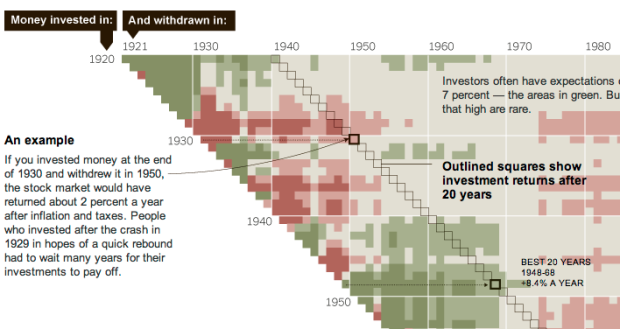
 Visualize This: The FlowingData Guide to Design, Visualization, and Statistics (2nd Edition)
Visualize This: The FlowingData Guide to Design, Visualization, and Statistics (2nd Edition)










